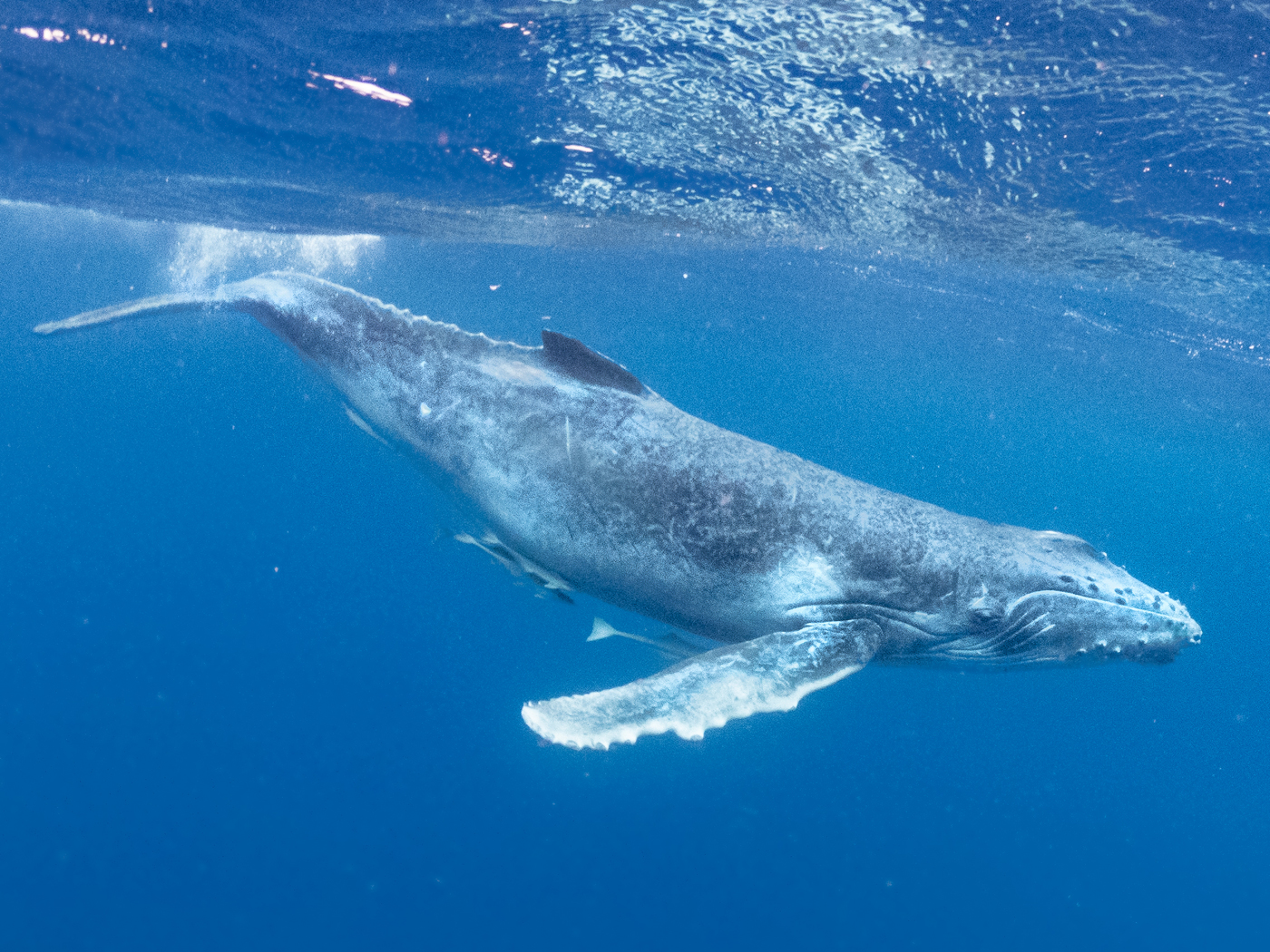It’s been known for decades that the hot pools of Yellowstone National Park contain exceptional and robust types of prokaryotic microorganisms called Archaea. Previously known as the archaebacteria, these organisms include methanogens (methane producers), extreme thermophiles (organisms resistant to heat), and extreme halophiles (organisms requiring salt for growth). One species of thermophilic archaea is Sulfolobus that can thrive in sulfur-rich, boiling water. They are designed to be highly resistant to atypical conditions leading evolutionists to suggest these may have been Earth’s first life forms.
Creation scientists celebrate the discovery of these “truly weird” microbes, but the find has nothing to do with evolution. 'Incredible, Unique, and Truly Weird' Yellowstone Microbes: https://www.icr.org/article/truly-weird-yellowstone-microbes/ @ICRscience #Yellowstone" height="35" src="http://clicktotweet.com/img/tweet-graphic-1.png" width="35" />
Recently, a high-elevation community of “incredible, unique and truly weird” Yellowstone microbes have been found.1 Creation scientists celebrate the discovery of these “truly weird” microbes, but the find has nothing to do with evolution. It reveals the Creator’s hand who designed this incredible community of microorganisms able to withstand such punishing heat. Because of this design, they possess the ability to move in and fill an otherwise inhospitable environment. Indeed, Archaea differ from “typical” bacteria in that they don’t have fatty acids in their cell membranes. Instead, they have a unique lipid called crenarchaeol. Unlike bacteria that have a single type of an enzyme called RNA polymerase, archaea have several kinds that are more complex.
The article stated, “Some [organisms] may even be modern relatives of ancient microbes, potentially offering lessons about life on early Earth and the potential for life on other planets.”1 The existence of past and present heat resistant bacteria (thermophiles) here on Earth is a far cry from concluding they might have also evolved from non-life in the same harsh environment on other planets such as Mars. Put another way, because we observe brutal conditions on Mars, for example, does this make it any more plausible that thermophilic life evolved there?
The article further states,
Creation scientists would agree the study of these unique organisms will help researchers better understand the fascinating field of microbial ecology. But secular biologists will forever be light years from discerning these intriguing organisms’ “role in the evolution of biogeochemical processes.”
Much remains to be known regarding these “incredible, unique and truly weird” microbial communities at Yellowstone, created along with all other bacteria-like forms of life thousands of years ago.
References
1. 'Incredibly' diverse microbial community high in Yellowstone. Sciencedaily. Posted on sciencedaily.com February 27, 2019, accessed March 5, 2019.
2. Colman, D. R., M. R. Lindsay, E. S. Boyd. 2019. Mixing of meteoric and geothermal fluids supports hyperdiverse chemosynthetic hydrothermal communities. Nature Communications. 10:681.
3. Noda-Garcia, et al. 2018. Metabolite-enzyme coevolution. Annual Review of Biochemistry. 189.
*Mr. Sherwin is Research Associate at ICR. He has a master’s in zoology from the University of Northern Colorado.
















